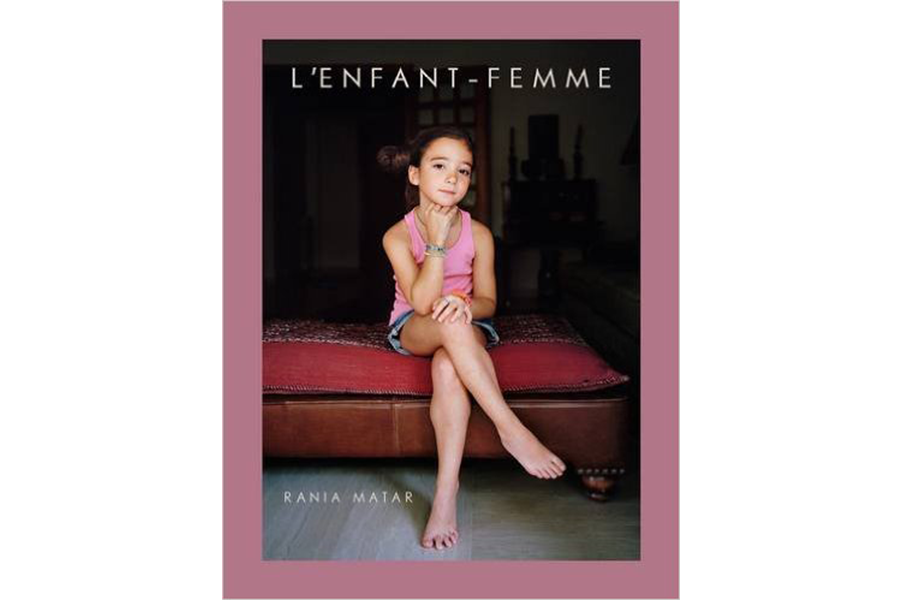'L’Enfant-Femme' shows us images of girls on the road to womanhood
Loading...
Photographer Rania Matar’s third publication, L’Enfant-Femme, is a celebration of girlhood in transition. A gifted portraitist, her oeuvre is girls and women. Having moved to the United States from Lebanon to flee civil war in 1984, Matar, a trained architect, began photographing her own children. In return trips home, she documented the diversity of Middle Eastern women’s lives. Today she works in both countries to reveal the essential female self from childhood to womanhood irrespective of cultural differences.
The images are thoughtful, compelling, and honest. Matar captures individuality and universality in every frame, allowing each girl to engage the camera as she sees fit. Her only request: that they do not smile. The result is a complex range of emotions. The journey toward womanhood, with its expectations, demands, and hopes, is difficult to express. Yet Matar captures the essence of the struggle. Each girl is a chrysalis – in the process of becoming.
Alia stands in front of a metal door and concrete wall painted as red as her tank top and plaid pants. Leaning with her right hip jutting out, she tilts her head to the side. Her dark eyes are as large as those of the Tweety Bird character emblazoned on her shirt. Her expression is soft, slightly quizzical. Background fan-shaped décor encircles her black hair like a flamenco dancer’s peineta. With her dangling earrings, she exudes a free spirit, ready to take wing. Yet on another page, Grace bites her nails and crosses her legs, a slight slouch forward. Sarah stands at the top of a staircase, looking self-possessed in black flats and a summer smock.
Matar’s award-winning photography is straightforward. Her attention to detail is subtle and so graceful that leafing through the pages is like observing a ballet. The light is soft, the colors vivid, the compositions formal yet intricate.
Matar solidified her international reputation with her second book, “A Girl and Her Room,” a remarkable study of girls’ self-expression. In “L’Enfant-Femme,” she de-emphasizes the background. We face these girls directly. That is Matar’s genius – the ability to express femaleness without restriction or expectation.
Joanne Ciccarello is a former Monitor photo editor and an adjunct professor of photojournalism at Emerson College and Northeastern University.






